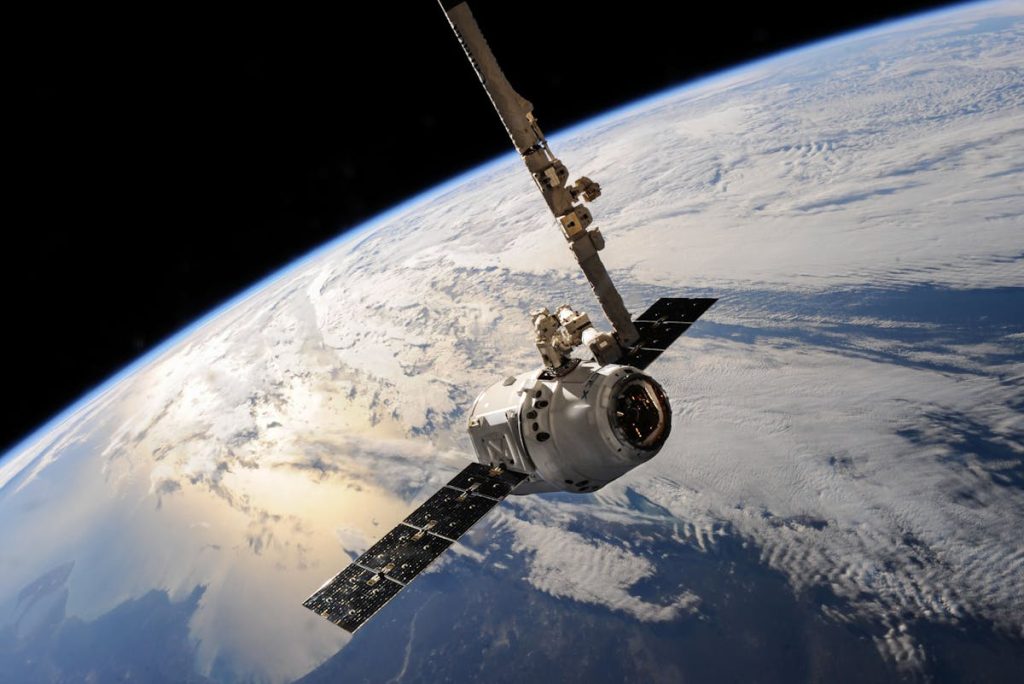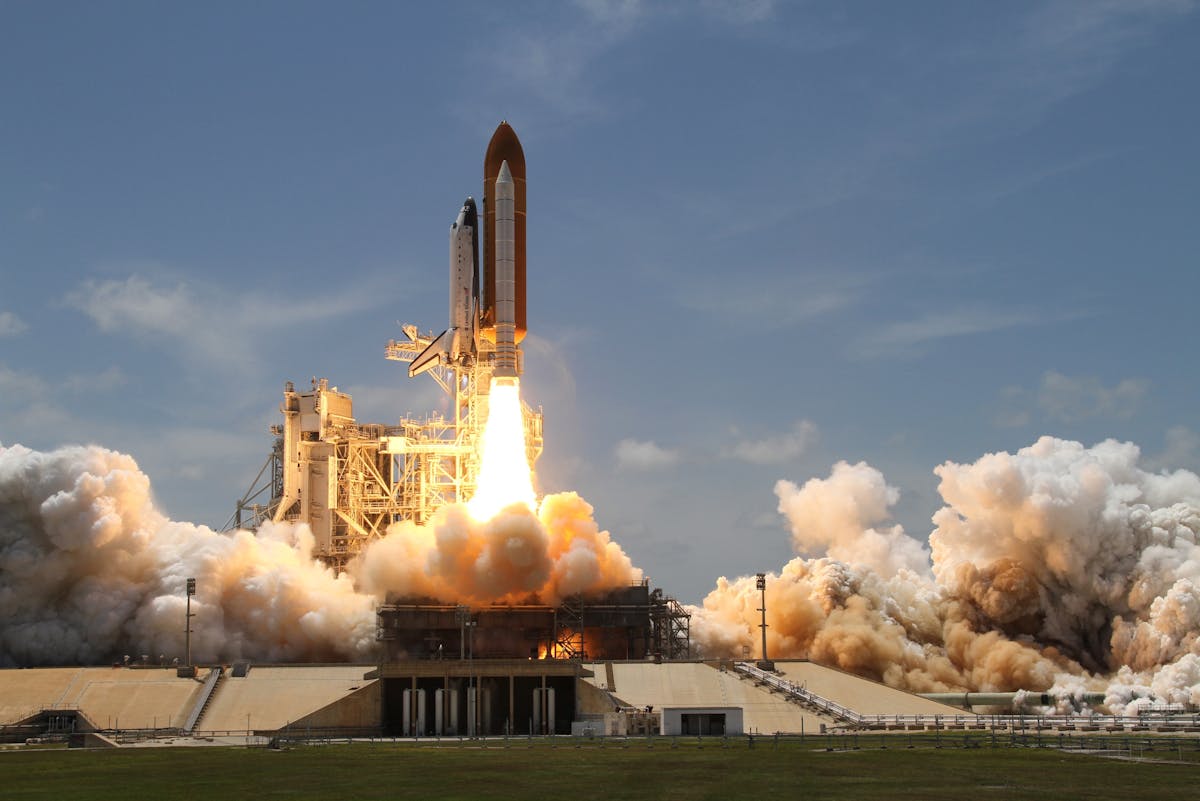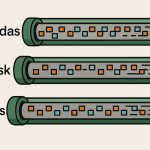What Makes Amazon’s Kuiper Launch a Big Threat to Starlink?
On April 28, 2025, Amazon achieved a monumental milestone by successfully launching its first batch of operational Project Kuiper satellites from Cape Canaveral, Florida. This landmark event signifies not only a major technical breakthrough for Amazon but also a critical step forward in its ambitious plan to create a global broadband network, setting the stage for fierce competition against SpaceX’s Starlink. This blog delves into the technical aspects of the launch, its strategic importance, detailed planning, and the future advancements it will catalyze.
Technical Aspects of Amazon’s Rocket Launch
Amazon’s Project Kuiper satellites were deployed aboard a United Launch Alliance (ULA) Atlas V rocket. Launching from Launch Complex 41 at Cape Canaveral Space Force Station, the mission named “KA-01” placed 27 operational satellites into low Earth orbit (LEO) at an altitude of approximately 640 kilometers (400 miles).
The Atlas V rocket, known for its reliability and precision, was meticulously chosen for this critical mission to ensure the safe and efficient deployment of satellites. The launch followed the successful testing of two prototype satellites in October 2023, which validated the network’s technical architecture and operational feasibility.
Key technical highlights include:
- Launch Vehicle: ULA Atlas V rocket
- Payload: 27 operational Kuiper satellites
- Orbital Altitude: 640 kilometers (400 miles)
- Mission Duration: Approximately one hour from lift-off to deployment
Impact on Competition with Starlink
Amazon’s successful satellite deployment significantly intensifies the race for global internet dominance, directly challenging SpaceX’s Starlink. With Starlink already serving millions globally, Amazon’s Project Kuiper aims to differentiate itself through affordability, broader accessibility, and technological innovation.
The newly launched satellites will enable Amazon to begin limited customer service later in 2025. This move accelerates Amazon’s journey toward meeting the U.S. Federal Communications Commission (FCC) mandate of deploying 50% of its 3,236-satellite constellation by July 2026. As competition tightens, consumers stand to benefit from improved coverage, lower costs, and enhanced service quality.

Planning and Execution of the Launch
The success of the KA-01 mission was the result of years of meticulous planning and strategic partnerships. Amazon collaborated extensively with ULA for the launch, leveraging the proven capabilities of the Atlas V rocket.
Key elements of the planning included:
- Prototype Validation: October 2023 launch of test satellites to fine-tune design.
- Launch Partnerships: Contracts for 83 launches secured with ULA, Arianespace, Blue Origin, and SpaceX.
- Compliance and Regulation: Alignment with FCC requirements and safety regulations.
- Launch Site Readiness: Preparation at Cape Canaveral’s Launch Complex 41 to accommodate the Atlas V rocket and payload integration.
The seamless coordination among various teams and partners culminated in a flawless launch sequence, positioning Amazon as a serious contender in the LEO satellite internet market.
Future Advancements Driven by This Launch
The successful deployment of operational satellites is just the beginning. Amazon’s Project Kuiper will pave the way for technological innovations in satellite-based broadband services, including:
- Enhanced Antenna Technology: Consumer terminals under $400 with compact, efficient designs.
- Advanced Ground Infrastructure: Building robust gateways and ground stations for faster data relay.
- AI-Enabled Satellite Management: Utilizing machine learning to optimize satellite operations and network efficiency.
These advancements are expected to revolutionize how remote and underserved areas gain internet access, fostering greater digital inclusion worldwide.
Amazon’s Future Plans Post-Launch
Following this successful deployment, Amazon plans to ramp up satellite launches aggressively to meet FCC deadlines. Upcoming plans include:
- Customer Service Rollout: Beginning limited services by late 2025.
- Mass Production: Scaling satellite manufacturing to support a full constellation of 3,236 satellites.
- International Expansion: Extending services beyond the U.S. to underserved global markets.
- Continued Launch Activity: Frequent launches through collaborations with ULA, Blue Origin, Arianespace, and SpaceX to expedite constellation deployment.
Amazon’s vision is to create a resilient, high-speed satellite internet network that offers affordable and reliable connectivity across the globe.
Conclusion
Amazon’s April 2025 rocket launch at Cape Canaveral marks a historic achievement, combining technical excellence with strategic foresight. The Atlas V’s successful deployment of 27 Project Kuiper satellites highlights Amazon’s preparedness to challenge Starlink in the competitive satellite broadband market.
Through meticulous planning, strong partnerships, and cutting-edge technology, Amazon has laid a solid foundation for future advancements in global connectivity. This launch not only propels Project Kuiper forward but also sets the stage for a transformative shift in how the world accesses the internet. As Amazon accelerates its plans to expand and innovate, the global broadband landscape is set for exciting and dynamic changes in the coming years.





